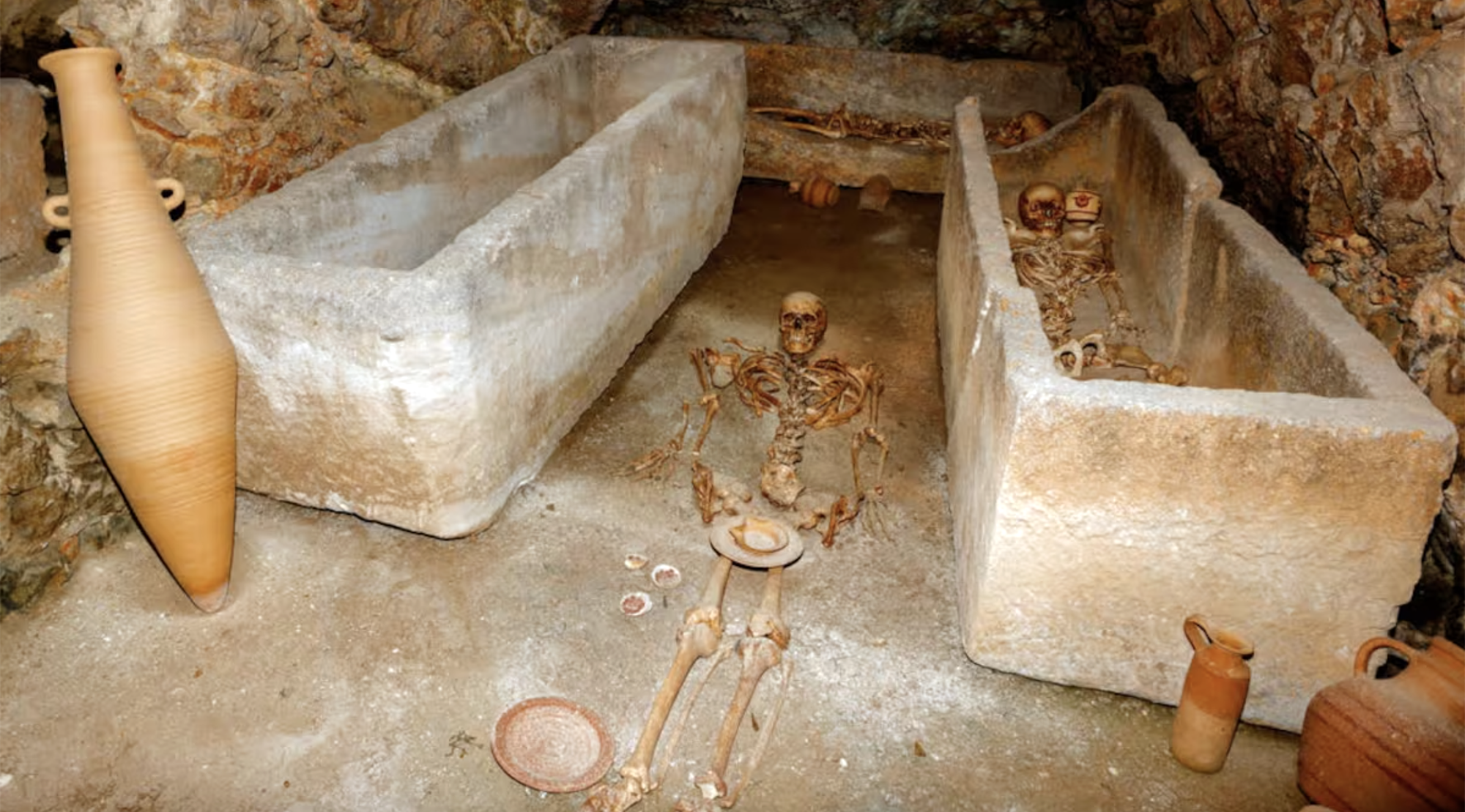

Carthage, from B.C. Around the 814. The Phoenicians founded a colony and the dominant civilization in the eastern Mediterranean spread to the west. Two and a half centuries later, with the decline of the Phoenician metropolis of Tyre, Carthage became independent and its influence continued to spread in the western Mediterranean by the Punic capital. But he maintained the Phoenician language, literature, art, and religion. In addition, the Phoenician and Punic words are synonymous, with the first being of Greek origin and the second being of Latin origin. Therefore, it was logical to think that they also shared genetics, presumably due to the massive migrations of the Phoenicians towards the West.
But in the last five years, around 70 researchers from six countries have succeeded in abandoning the hypothesis by analyzing the DNA of the Punic cemeteries of Tunis, Sicily, Ibiza, Almería, Málaga or Cádiz. A total of 210 remains of corpses found in twelve cemeteries have been analyzed, and the net conclusion is published in the journal Nature: the inhabitants of these colonies had no genetic relationship with the original Phoenicians of the Middle East.
“Cartagena is the first globalization we know of, which covers two continents, Europe and Africa,” summarizes Carles Lalueza, director of the Natural Sciences Museum of Barcelona and one of the main authors of the study.
Most of them were heirs of the local population mixed with the inhabitants of North Africa, Sicily or Greece. This means that the Phoenician culture was not spread through mass migrations, but through cultural transmission and assimilation.
“The Carthaginians are the first globalisation we know of, covering two continents, Europe and Africa”, summarises Carles Lalueza, director of the Natural Sciences Museum of Barcelona and one of the main authors of the study. In this first attempt at cosmopolitanism, the Catalan geneticist highlights the example of the site in Baria (Almería), where the DNA of several corpses indicates that they were of Greek origin. So it was “a Greek community living in a Punic city.” In addition, an ornate ostrich egg has been found in one of Baria’s graves, indicating that this community had ties to North Africa. Another surprising link has been found, a sign of the great mobility of the Carthaginians: One individual found in the cemetery of Carthage and another in Sicily were small cousins.
For Patxi Perez-Ramallo, researcher of the bioarchaeology group of the Free University of Brussels, this extensive study opens up many avenues of study for archaeologists and historians: “How did the early Phoenician colonies work? What does it really mean to be Phoenician or Carthaginian? And how did these cultures define their identity?”